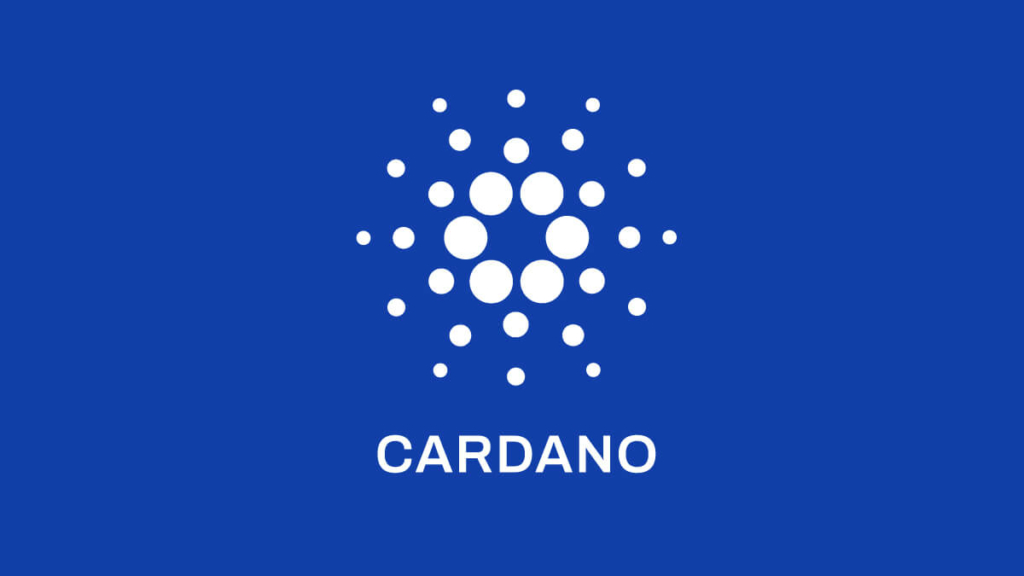Cardano’s Hydra scaling solution has finally gone live on the mainnet, marking a significant milestone for the blockchain network.
The first Hydra node compatible with Cardano’s mainnet was launched on May 11, according to developer Sebastian Nagel.
Hydra is a layer2 scaling solution designed to improve scalability on the Cardano blockchain. The protocol aims to increase transaction speed through low latency and high throughput while minimizing transaction costs. The launch of Hydra follows several months of testing and development.
Nagel also noted that the launched Hydra node API was updated to accommodate users’ requests. Meanwhile, the newly launched Hydra head is the first of many heads, each serving as an off-chain mini-ledger for a small group of users. These tools will effectively reduce fees and improve transaction speed on the network.
The launch of Hydra is just one of many developments on Cardano this year. The network has already added a decentralized stablecoin, DJED, and will have the fifth upgrade on its roadmap later this year.
DeFi activities on the network have also steadily risen during the past months, with the total value of assets locked on the network currently standing at $140.53 million, according to DeFillama data.
Despite these developments, Cardano’s native token ADA has not seen a significant rise in value. ADA is currently trading at $0.362 after increasing 2.6% in the last 24 hours. However, it is down 10% in the previous 14 days.
Cardano developers can now deploy complex decentralized applications on the blockchain network with the Hydra scaling solution.
The launch of Hydra is expected to further enhance the network’s scalability and performance while reducing transaction costs, making Cardano an attractive option for developers and users alike.



